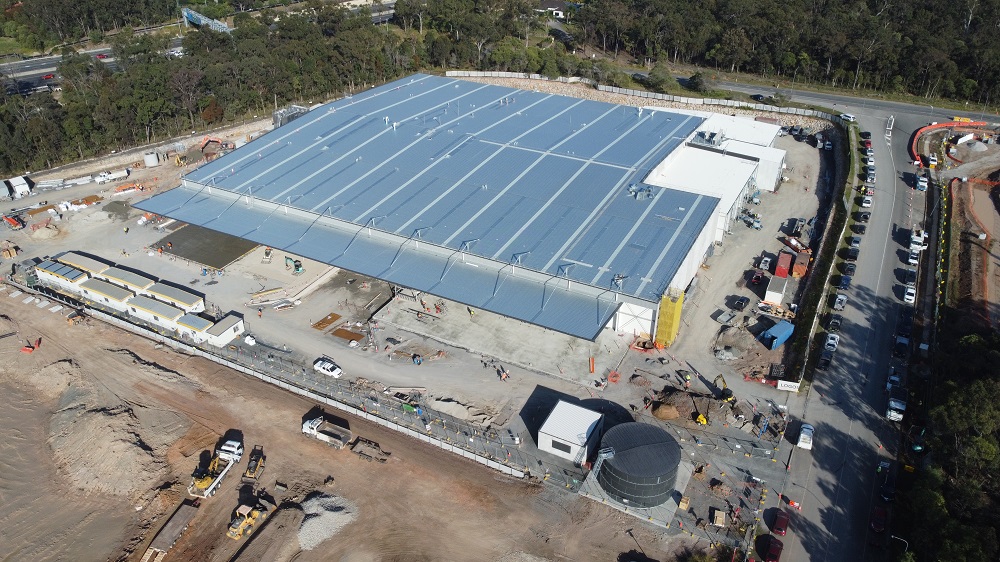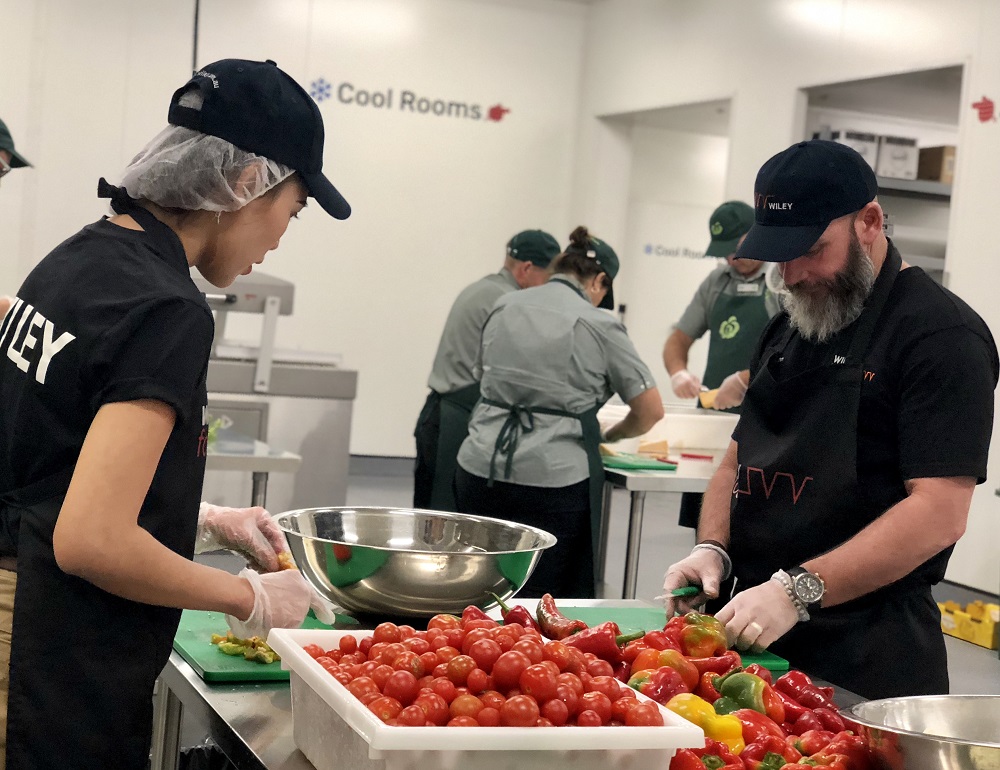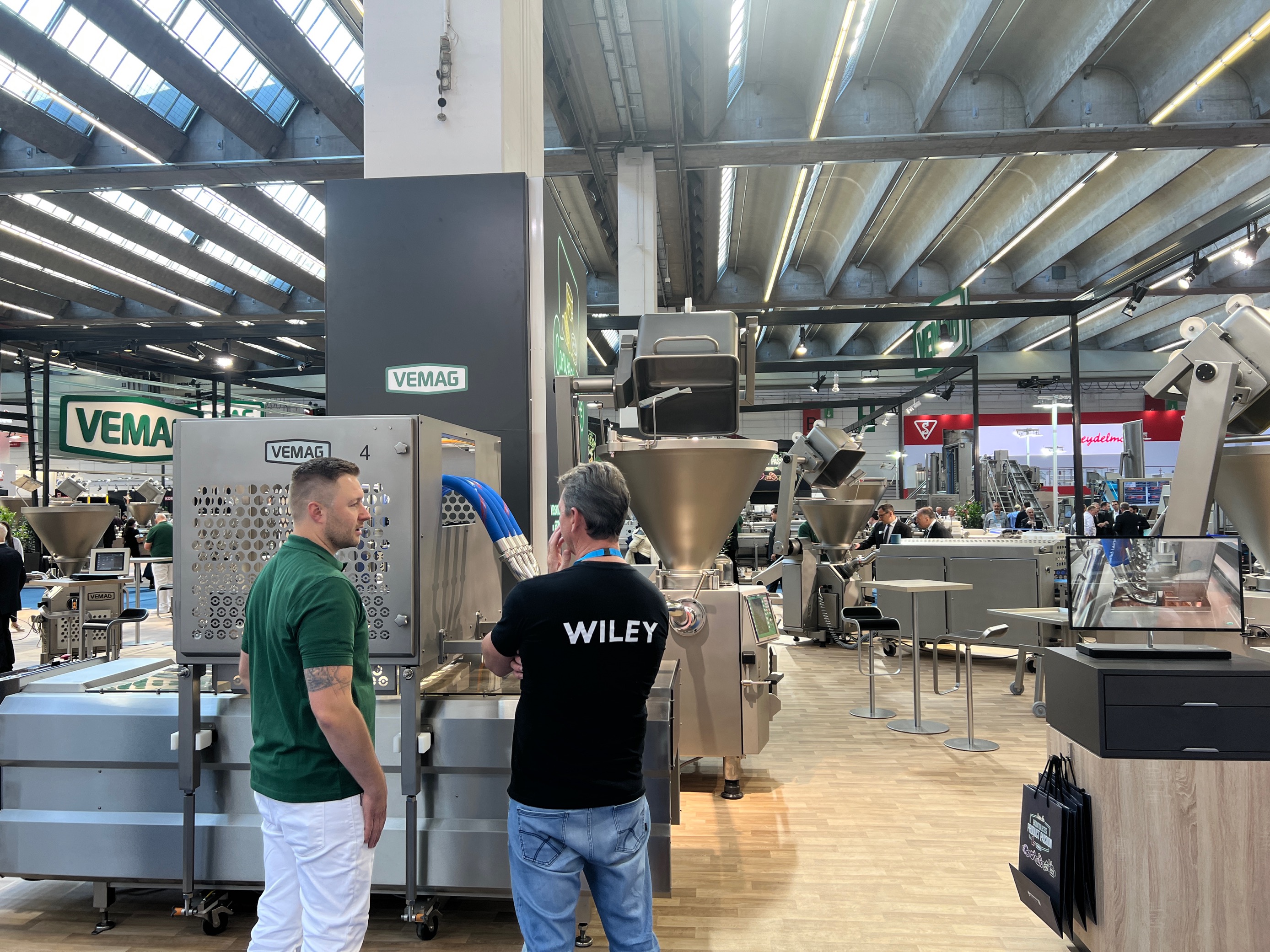In 2016 the National Farmer’s Federation announced a plan to transform Australian agriculture from a $60 billion industry to $100 billion by the end of 2030.
Obviously, this is ambitious. Not just because it’s such a high target, but we’re aiming to do this without opening any new land for agriculture, while simultaneously working to the 43% reduction in carbon emissions that’s now enshrined in law.
You might be surprised to hear, however, that we’re on target. And not by producing more raw material. Instead, via a quiet movement of value-adding and waste reduction, Australian companies and farmers are seeing incredible growth.
We’ve listed out three major innovations that are taking place. This isn’t a definitive list, but they’re kinds of efficiency-enhancing projects that we deliver for existing clients, so we know they produce real value.
Value Adding
“Value adding” is, as the name suggests, all about increasing the value of a product by adding an additional feature before it’s sold.
Take soybeans and chickpeas for example. For decades these crops were exported as commodities, but now they’re being processed into a range of alternative meats, dairy-free milk products, and cooking oils.
The Federal Government is encouraging this shift with several new grants available for eligible businesses, including $800 million announced last year to scale Australian manufacturing to become more competitive, sustainable, and resilient.
Via a separate grants program, commodities company GrainCorp also received $4.4 million in funding earlier this year to investigate new ways to separate and manufacture plant-based proteins at commercial volumes. The project is in partnership with science agency CSIRO and V2 Foods, which specialises in producing alternative meats from plant-based sources.
With GrainCorp as a client, we know a lot of the processes and equipment required for this kind of complex refinement.

Here’s a new facility we’re building for a ready meals company that takes raw ingredients and processes them into ready-to-eat meals. A prime example of value-adding.
Energy Efficiency
Saving money isn’t just a good way to increase profit. It’s also a good way to reduce a facility’s carbon footprint as part of an operation’s environmental, social, and governance (ESG) program.
Many food producers require large amounts of energy, and particularly in the meat industry. Abattoirs chew up large amounts of electricity to power machinery, while rendering boilers use large quantities of coal. But abattoirs are also uniquely positioned to use renewable energy in the form of biogas capture.
Biogas simply means capturing the methane bubbling out of waste ponds and using it to fuel a plant’s boilers. It’s a circular process and can save meat processors a lot of money.
We’ve delivered several biogas capture projects over the years. For more information, click here.
Automation
The final bucket is automation, which ramps up food production by lowering cost.
It doesn’t need pointing out that there are hundreds of ways to automate the production, processing, and distribution of a food product, but one of the major new trends is the proliferation of Automatic Storage and Retrieval Systems (ASRS).
An ASRS is basically a warehouse without people. Products are stored and retrieved by robots, that can work faster and in much lower temperatures than human employees. And although installation costs can be high, ASRS facilities significantly save on labour, so they repay their investments quickly.
Automation is also making its way into picking, cleaning, refining, packaging, and palletising. These have all traditionally been expensive, labour-intensive jobs. Now, companies are saving money by using robots.
These are just three small examples of the ways that food processing is undergoing a rapid period of change. For more information on any of these technologies, or for a conversation about how you might add value to your products, please don’t hesitate to get in touch.



